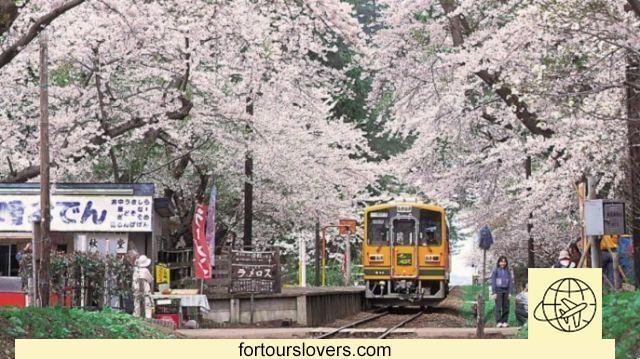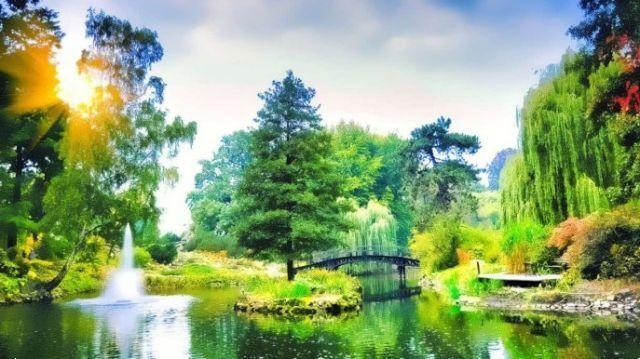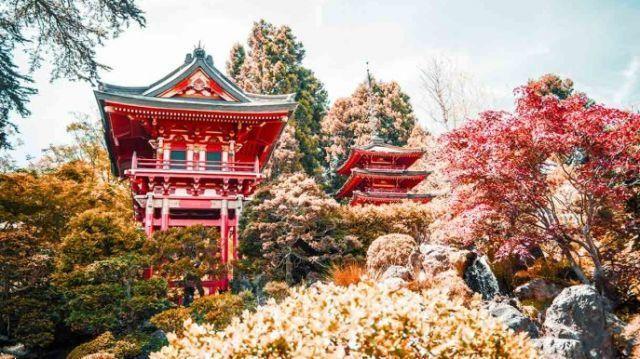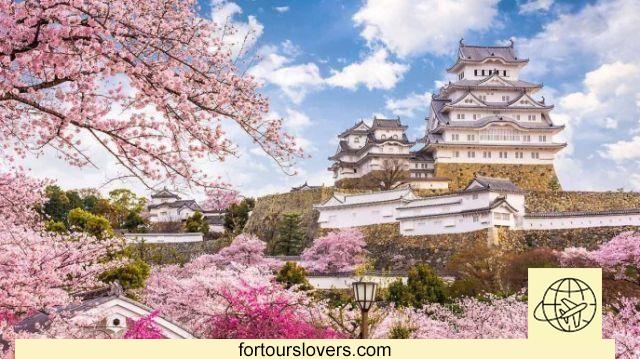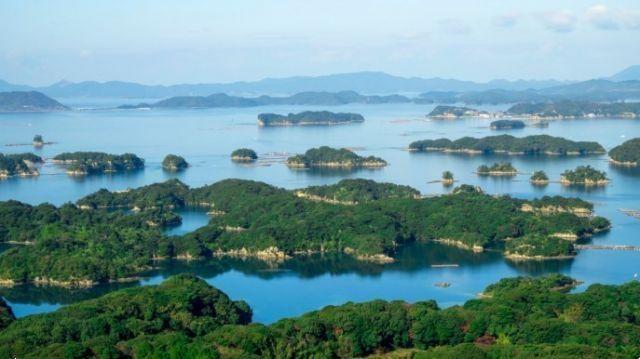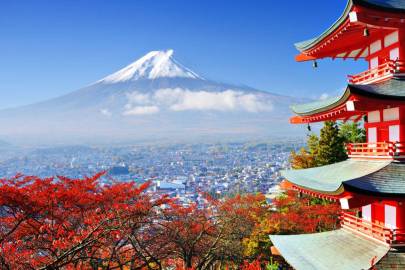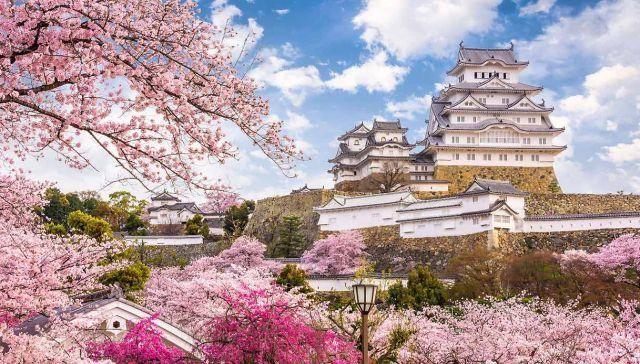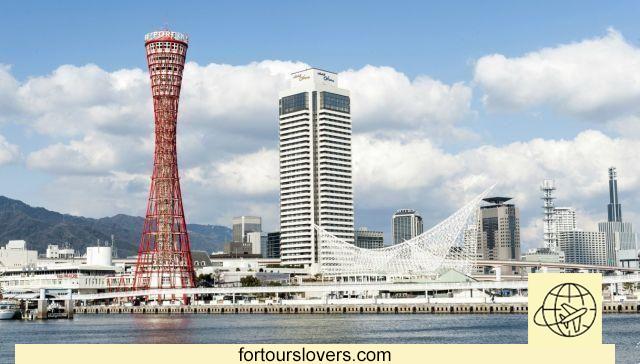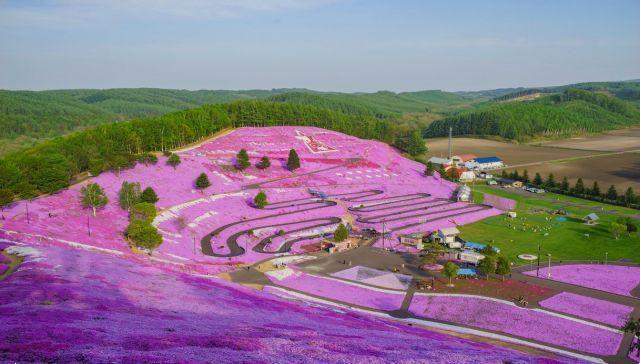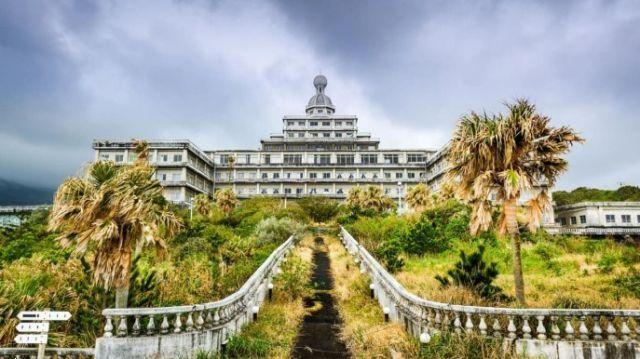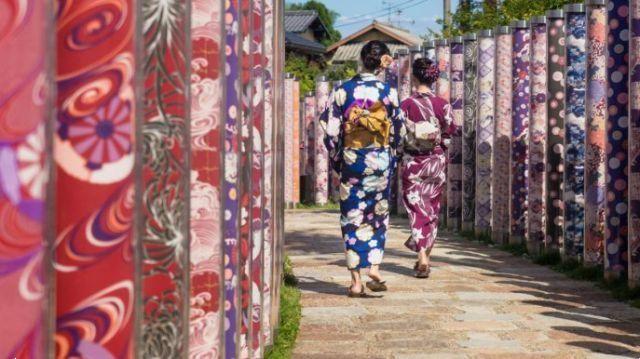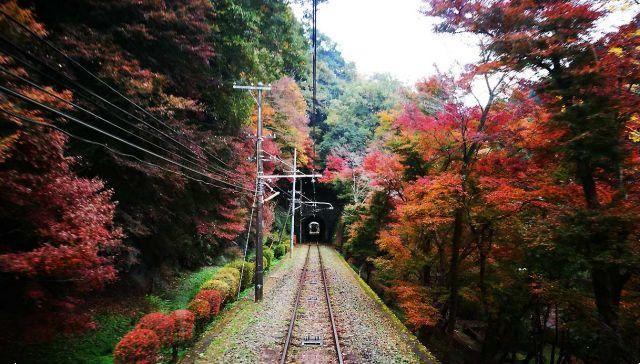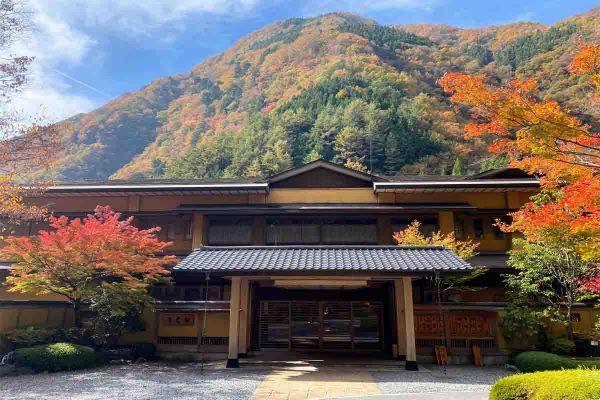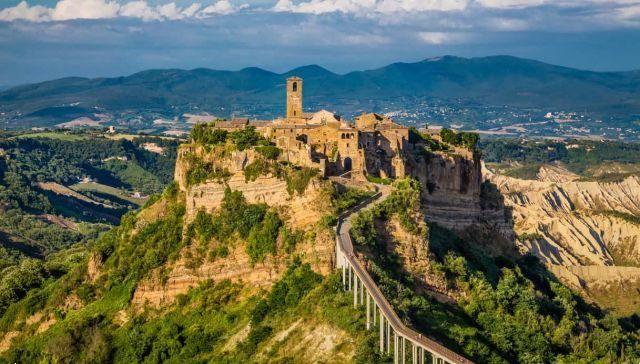 Laputa, the castle in the sky, anime by Hayao Miyazaki, was inspired by the splendid village of Tuscia Laziale
Laputa, the castle in the sky, anime by Hayao Miyazaki, was inspired by the splendid village of Tuscia Laziale
Hayao Miyazaki, the famous Japanese screenwriter and animator author of "Spirited Away" and "The Wind Rises", with his pastel colors and drawings of fantastic panoramas has made entire generations dream.
Laputa, the castle in the sky, is one of his most particular anime and, as with the Maestro's other masterpieces, it was inspired by places that have a close correspondence with reality.
And, this time, it is a fascinating Italian location, the splendid village of Civita di Bagnoregio, the “Enchanted City” and the “Dying City”, fully included in the circuit of Most Beautiful Villages in Italy and visited every year by thousands of tourists who are enchanted by its magical and timeless atmosphere.
Ancient village born 2500 years ago at the hands of the Etruscans, it rises in the heart of Tuscia Laziale, on a small clay hill in the valley of the gullies in an isolated position compared to the surrounding villages. The only access point to enter the wonder of Civita is a concrete bridge which, leading to the village, offers a panorama that to define as "breathtaking" is an understatement.
The fairytale village appears suspended between myth and history, between past and present, and its paved alleys and narrow streets invite you to get lost and discover hidden squares, characteristic views and typical restaurants where you can enjoy a gourmet break.
The ancient stone houses overlook the valley of the gullies and offer a unique view of its kind and the electrifying sensation of being "suspended in the void". Here everything speaks of a time gone by, the houses, the arches, the Church of San Donato which stands out in the main square, built in the 5th century with interesting elements of Romanesque art.
Don't miss the Geological and Landslide Museum, in the central Piazza San Donato, in the sixteenth-century Renaissance palace of the Alemanni family, divided into four rooms that tell the story of the evolution of the particular territory, the geological history and marine fossils of the area, the historical evolution of Civita and the monitoring of the current situation.
Fairy-tale and intimate, the village of Civita is a place to be discovered and savored where every stone and every corner preserves a story that unfolds, enthralling, throughout the centuries until today.
Source: iStock





